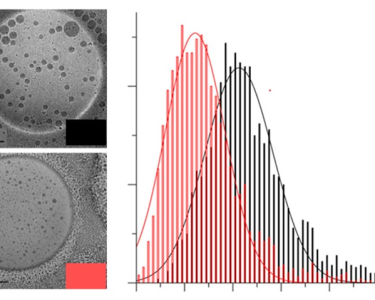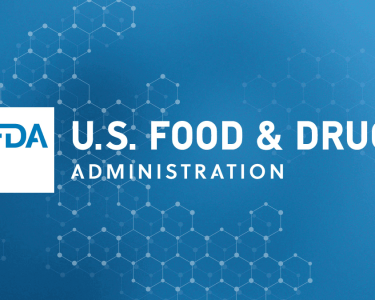
The study provides information about the impact of physiological gastric conditions on the unbeneficial occurrence of nitrosamine drug substance–related impurities (NDSRIs). Both main factors for nitrosation in the form of acidic conditions and the presence of nitrite were adequately chosen for triggering the conversion of drug compounds into NDSRIs. All steps were qualitatively and quantitatively monitored by means of liquid chromatography–tandem mass spectrometry.
ABSTRACT
The presence of nitrosamines in numerous human medicinal products (HMP) has recently emerged as a cause for concern. Following the initial discovery of carcinogenic low molecular weight nitrosamines such as nitrosodimethylamine (NDMA) in HMP, regulatory authorities worldwide requested marketing authorization holders to perform risk assessments for the presence of nitrosamines in their products. The initially observed contaminations—mainly low molecular weight nitrosamines—were generated by organic solvent impurities or by-products from synthesis and nitrite carried over to finished products (FP). More recently, complex nitrosamine drug substance-related impurities (NDSRIs) have been reported arising from direct nitrosation of active pharmaceutical ingredients (APIs) at secondary amine groups in the presence of nitrite derived from excipients. In addition, an alternative route of API nitrosation is conceivable due to interaction with gastric acid and physiological nitrite after drug intake. Within this study, 13 secondary amine bearing APIs were selected to individually identify susceptibilities for nitrosation by using high physiological limit values in terms of pH and nitrite. Therefore, artificial gastric media were fortified with 200 μM sodium nitrite and increasing concentrations of APIs at pH 3.15 and 37°C for 2 h. All NDSRI concentrations were quantitatively determined via validated liquid chromatography–tandem mass spectrometry (LC–MS/MS) methodology. Additionally, time-dependent nitrosations of selected APIs were monitored to kinetically assess the proportion of NDSRIs after the gastric passage. All results and observations were further processed by means of structure activity relationship (SAR) predictions to identify highly susceptible compounds in the group of concern.



